
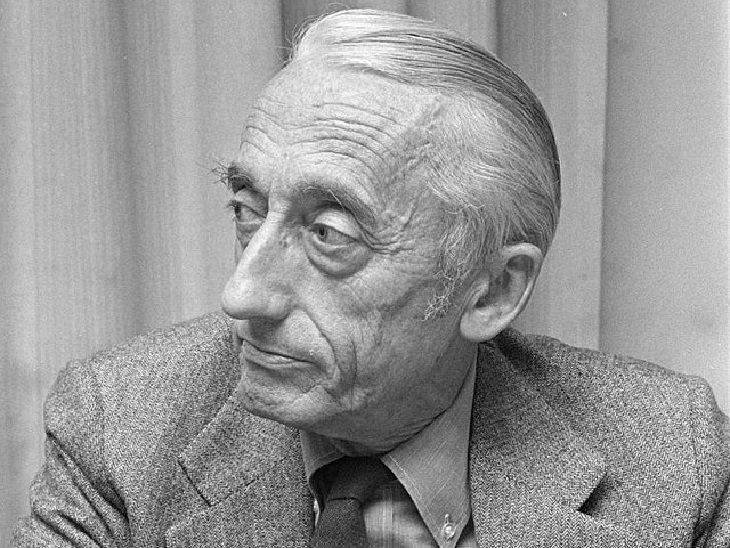
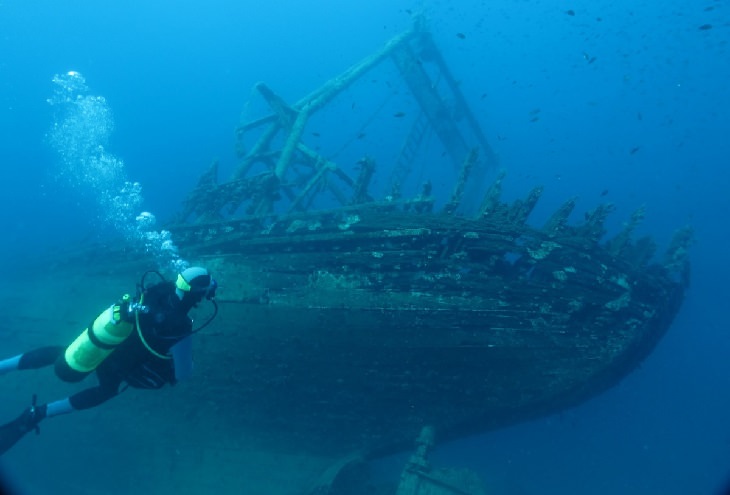


The Ultimate Guide to Traveling in Your 50s and Beyond
Here are some incredible destinations tailored for travelers over 50.
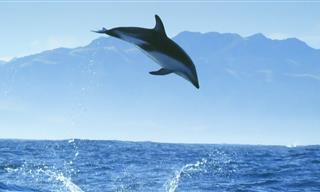 3:15
3:15
Want to Go Diving With Dolphins? Of Course You Do!
Come with us and the crew of the BBC as we dive head first into the cold, shimmering blues of the ocean, where we meet our best aquatic friends, the dolphins.

Quiz: Can You Answer These Trivia Questions about France?
A quiz about French history and culture
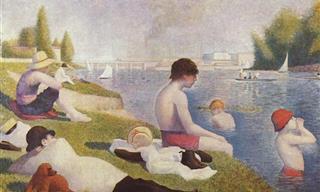
Discover the Stories of 5 of France's Greatest Artists
Come discover the French painters, and through their works also the history and development of modern French art.
 3:00
3:00
What is HAMAS? The Terror Organization Explained
What IS Hamas? What are its intentions, and how did it get started?
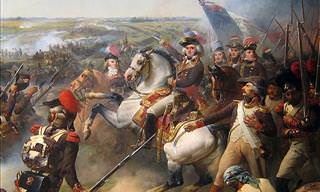
History Quiz: How Well Do You Know The French Revolution?
Think you know the basics of the French Revolution? Show us what you've got by giving this quiz your full attention!

Research Shows: Just 2 Spoons of This to Lose Weight
Cider Apple vinegar is making headlines again following a study that found two tablespoons of it per day may greatly help with weight loss and improving blood sugar. Even more than expensive medications and treatments with many side effects.

Amazing History: The Man Who Took Down a Plane With a Gun
Owen Baggett is the only man ever to live known to have shot down a fighter plane using nothing but a handgun. Read his incredible story right here.
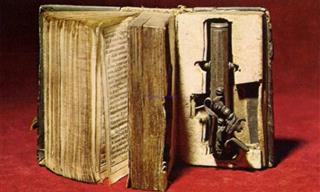
10 Ancient Artifacts That You Won't See In History Books
Some human creations have survive for centuries and tell fascinating stories. Let's take a look at a few little-known ones.
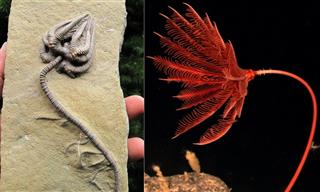
10 Unspoiled Fossils of Animals & Other Items Explained
Every year, new amazing fossils are uncovered, and in this article, we explain some impressive recent finds.
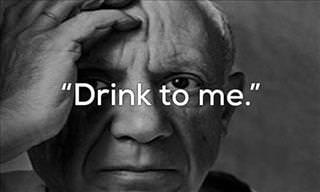
The Fascinating Last Words of Famous Historical Figures
Some of the most important figures in world history, along with some of the most notorious, had some fascinating things to say just before they left this world.

Louis Armstrong Said it Best, Didn't He...?
This amazing song can really open your eyes to nature's beauty, and the beauty we make for ourselves.
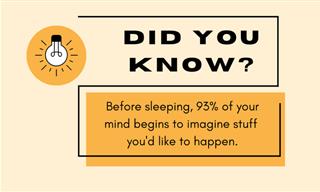
13 Unusual Facts You Didn’t Know You Needed to Learn Today
It's time for another cool collection of fascinating facts!
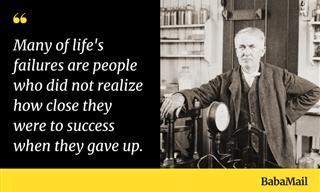
Thomas Edison’s Most Inspiring Words of Wisdom
These memorable quotes by Thomas Edison still hold meaning for anyone chasing big goals.

These 11 Quotes Don’t Belong to Those You Think They Do
Surprising quotations that were completely miscredited. Some have commonalities with the supposed authors, while others are completely off...
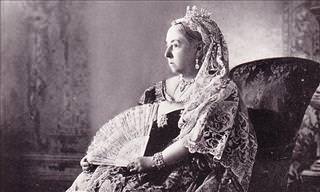
The 10 Greatest British Monarchs in History
Do you know about the greatest monarchs in British history? Don't fret if you don't, because you're about to learn all about them right now.
 23:18
23:18
Will the Alcatraz Mystery Ever Be Solved?
What happened to the three prisoners who managed to escape from Alcatraz prison? All is revealed in this intriguing documentary.
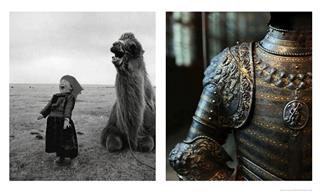
17 Historical Photos That Tell Unforgettable Stories
We’ve gathered 17 fascinating photos and facts that offer a unique glimpse into the past.
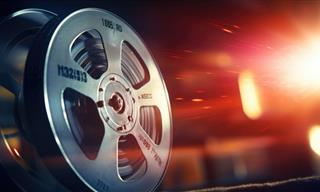
15 Movie Facts That Will Make You Want to Watch Again...
hese facts can change the way you look at iconic moments, reveal unexpected connections, or show just how inventive filmmakers had to be.
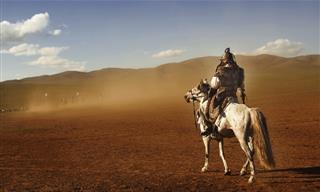
The Mongol Empire: Rise, Expansion, and Legacy
What follows is a narrative overview of the Mongol Empire – from its tribal origins and unification under Genghis Khan, to its gradual decline and lasting impact on world history.
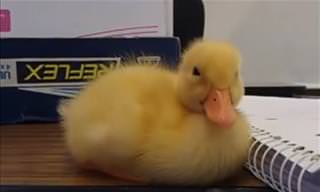 10:15
10:15
This Animal Video is Sure to Turn a Smile Into a Grin!
Get ready to wear a big smile and a giggle, this video will make your day!

115 Incredible Facts You Never Knew About Cats!
Cats are the most popular animal on the internet by far, so we made this extensive list of cat facts that will turn you into a feline expert!

The 20 Most Impressive and Random Collections People Keep
We have all heard of a stamp or comic book collection, but we bet you have never seen collections like these before.
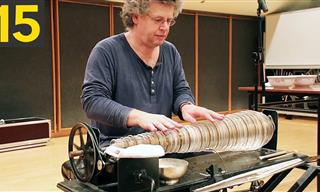 16:36
16:36
15 Unusual Musical Instruments From Around the World
These are perhaps the most peculiar musical instruments you could possibly imagine.

13 Honest Charts & Graphs That Describe Our Lives Too Well
Artist Irina Blok's illustrated charts and graphs about everyday life are so relatable.
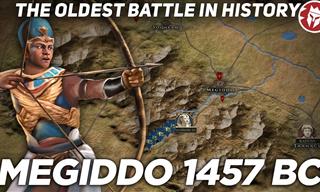 20:00
20:00
Megiddo: The Story of the Oldest Battle in History
Join us as we explore the dramatic events and enduring legacy of this pivotal conflict that shaped the course of human civilization.

Ukrainian-Russian War: A review of 2024's impact in the War
The year 2024 saw the Russia-Ukraine war grind on into a second full year, marked by intense fighting on multiple fronts, high-stakes diplomatic initiatives, and a worsening humanitarian toll.

Learn the Secrets of the World's Most Persuasive Speakers
Persuasion is undoubtedly an art form, but how do you become recognized around the world for it? Learn 11 secrets of the most persuasive speakers alive.
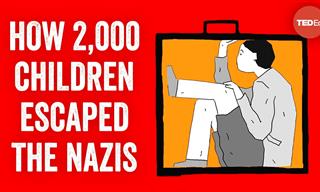 5:57
5:57
Irena Sendler - The Woman Who Saved Over 2000 Lives
Get to know the amazing story of Irena Sendler, a social worker who saved the lives of over 2000 Jewish children During World War II
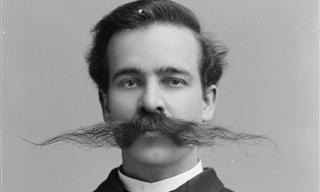
You Don't See a Lot of Vintage Portraits Like These...
In this post we will give you a swift glimpse of the portrait collection of one of the leading photographers of 19th-century Washington.
 15:14
15:14
Ancient Technologies That Remain a Complete Mystery
Scientists may have solved the mystery of Egyptian pyramids, but there are still so many findings that are left completely unexplained

10 Words that Mean the Opposite of What They Used to Mean
These meaning of words we know today used to have an opposite meaning when they were first used.
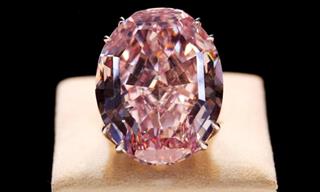
8 Most Expensive Auction Items Sold in the Last Decade
This article explores the seven most expensive items sold at auction between 2015 and 2025
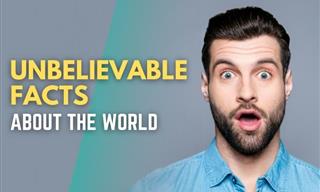
You’ll Love Learning Of These Surprising Facts!
We assure you - these 14 facts are as entertaining and as they are unbelievable!
 26:11
26:11
Watch This Man Trying Five Star Hotels... For DOGS
re these doggie hotels worth the price? Watch the video to find out.
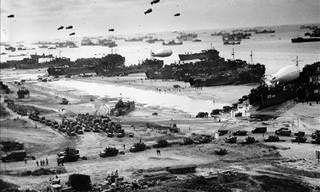
These Alternate Versions of History Will Blow Your Mind...
Our world is full of 'what if?' questions, since we just love to speculate about how things could have turned out differently. Here are 10 of the best!

Welcome the Summer Season with These Beautiful Quotes
Welcome the balmy summer season with these beautiful warm-weather quotes.
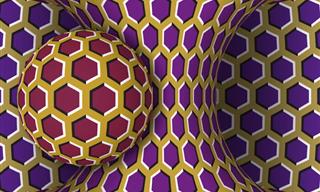
14 Mind-Blowing Optical Illusions You Must See
After trying to wrap your head around these crazy visual challenges, your eyes will be tired but your mind will be thrilled and elated!
 19:02
19:02
Hitler's Olympics: The 1936 Berlin Olympic Games
When the Olympics became a Nazi showcase.

Ruby Chocolate is More Than Just Its Pretty Pink Color
Ruby chocolate, the "fourth type of chocolate", has been gaining a lot of attention of late. Is it really a different type of chocolate?
 8:07
8:07
Which of These Old Bathroom Features Do You Want Back?
These old bathroom trends have disappeared over time.

15 Common Words You Are Pronouncing WRONG
Here is a list of some of the most common English words that are generally mispronounced by a majority of us.
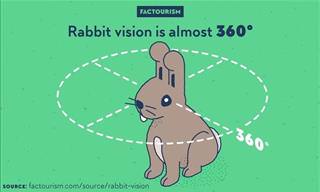
18 Fun Facts You Likely Never Heard of Cutely Illustrated
Don't the cute exterior of these illustrations deceive you. This is a real treasure trove of fascinating facts about the world we live in
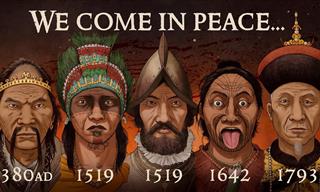 27:39
27:39
5 Terribly Disastrous First Contact Stories from History
Each story is a lesson in misread intentions, power struggles, and the high stakes of meeting the unknown. Watch how these pivotal moments shaped the world.

Honey vs. Maple Syrup – Which Sweetener Should I Use?
There are plenty of key differences between honey and maple syrup than you probably realized.
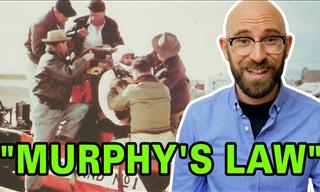 27:15
27:15
Where Did 'Murphy's Law' Come From?
Learn the origin of this common phrase - Murphy's Law

10 Popular “Contemporary” Words Coined by Shakespeare
Shakespeare’s impact on the language we speak is far greater than most of us realize. These surprising words are just a few of hundreds attributed to the Bard.

Forgotten Gems: 10 Classic Films You Missed
These underrated classics need your attention.
To enable your Ad-Free Subscription, please fill the fields below
Your subscription was successful, now you can enjoy an ad-free experience!! Note: To make sure you get no ads, please make sure to log in to your account. If you are logged in already, then refresh the page. The subscription can be cancelled at any time.


